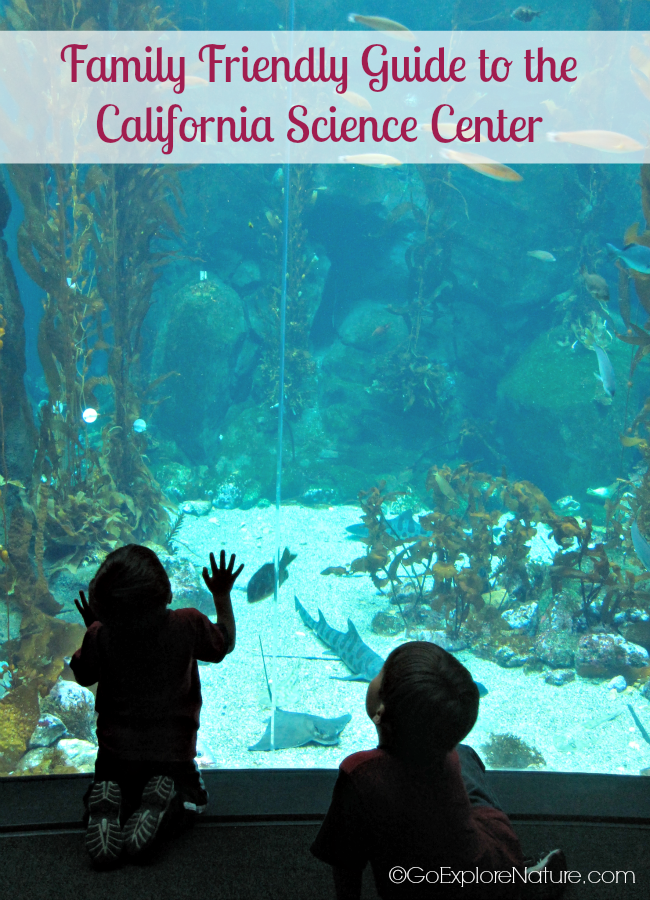

Sharks 3D California Science Center Free Weekly Virtual
The Online Academy provides free weekly virtual education classes for kids from grades Pre-K to twelve. The Aquarium also has teacher resources available on the information page for this event, such as lesson plans, and ways to learn about careers related to marine science. The Shark and Penguin Encounters offer special options for those with accessibility needs. Service animals may not be present at behind-the-scenes animal encounters. In order that our guests with disabilities may enjoy the Aquarium to the fullest, Aquarium staff members will be made available to hold/walk or kennel the service animal while other Aquarium staff accompany the guest through the.
WHEN: Tuesday, September 7, 2021, discounted tickets available from 9:00 a.m. / Wednesday, September 8, 2021, discounted tickets available from 9:00 a.m. To 3:00 p.m.WHERE: Aquarium of the Pacific, 100 Aquarium Way, Long Beach, CA 90802COST: $9 per ticket Advance tickets are required and can be purchased at aquariumofpacific.org/events/info/homeschool_daysINFO: (562) 590-3100 or aquariumofpacific.
Now, researchers have produced a series of high-resolution, 3D scans of intestines from nearly three dozen shark species that will advance the understanding of how sharks eat and digest their food.The research team from California State University Dominguez Hills, the University of Washington and University of California, Irvine, published its findings July 21 in the journal Proceedings of the Royal Society B.The researchers primarily used a computerized tomography (CT) scanner at the UW’s Friday Harbor Laboratories to create 3D images of shark intestines, which came from specimens preserved at the Natural History Museum of Los Angeles. Even less is known about how they digest their food, and the role they play in the larger ocean ecosystem.For more than a century, researchers have relied on flat sketches of sharks’ digestive systems to discern how they function — and how what they eat and excrete impacts other species in the ocean. A spiral intestine, shown under the valve diagram, appears to have a similar structure.Contrary to what popular media portrays, we actually don’t know much about what sharks eat. Samantha Leigh/California State University, Dominguez Hills A Tesla valve, shown in the diagram above, produces one-way flow without any backflow or use of mechanical parts.
Its function resembles the one-way valve designed by Nikola Tesla more than a century ago that allows fluid to flow in one direction, without backflow or assistance from any moving parts ( watch a video of how the Tesla valve works). It appears these spiral-shaped organs slow the movement of food and direct it downward through the gut, relying on gravity in addition to peristalsis, the rhythmic contraction of the gut’s smooth muscle. The story just won’t hang together.”From their scans, the researchers discovered several new aspects about how shark intestines function. It would be like trying to understand what was reported in a newspaper by taking scissors to a rolled-up copy. “Intestines are so complex — with so many overlapping layers, that dissection destroys the context and connectivity of the tissue. This allows researchers to see the complexities of a shark intestine without having to dissect or disturb it.“CT scanning is one of the only ways to understand the shape of shark intestines in three dimensions,” said co-author Adam Summers, a professor based at UW Friday Harbor Labs who has led a worldwide effort to scan the skeletons of fishes and other vertebrate animals.


 0 kommentar(er)
0 kommentar(er)
